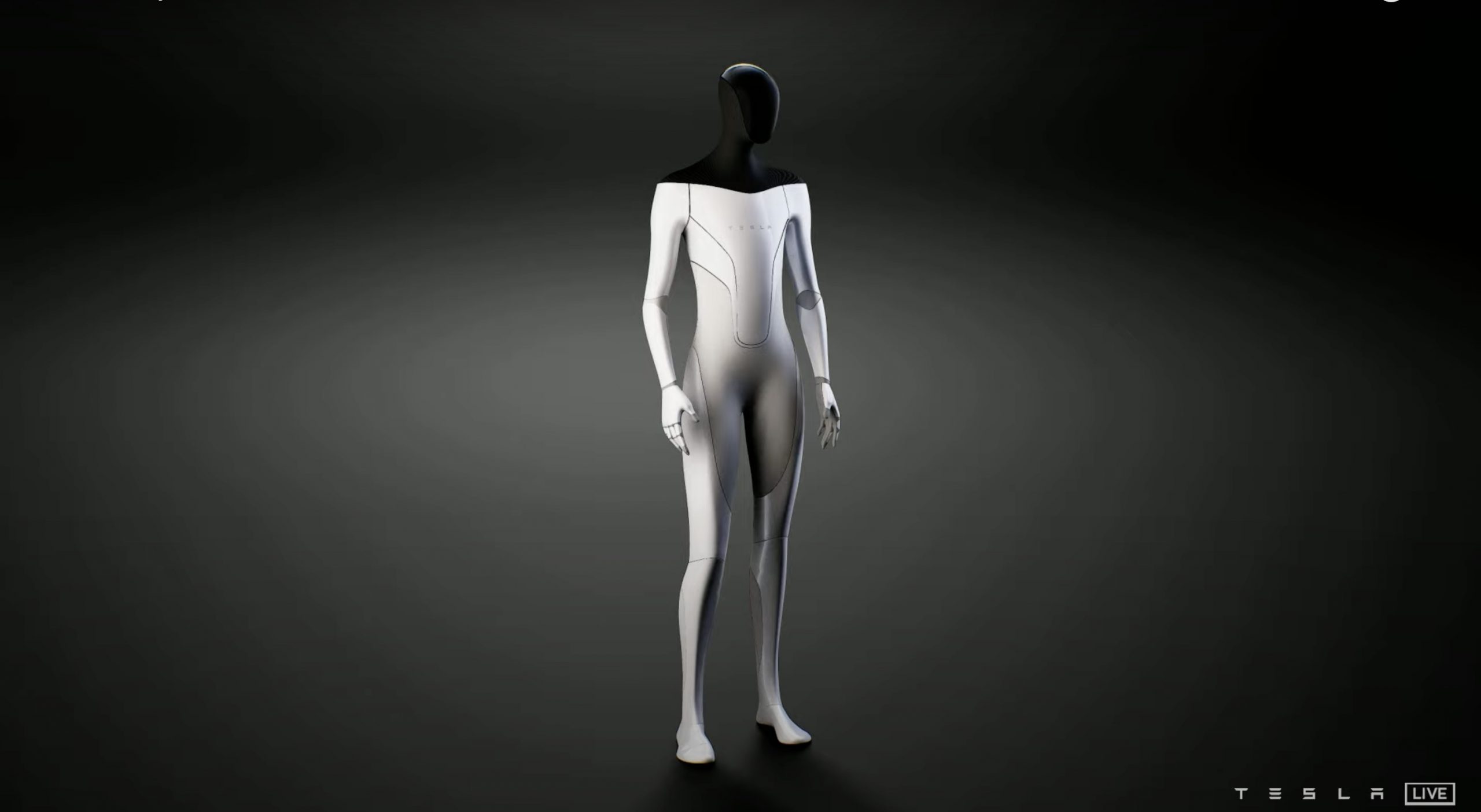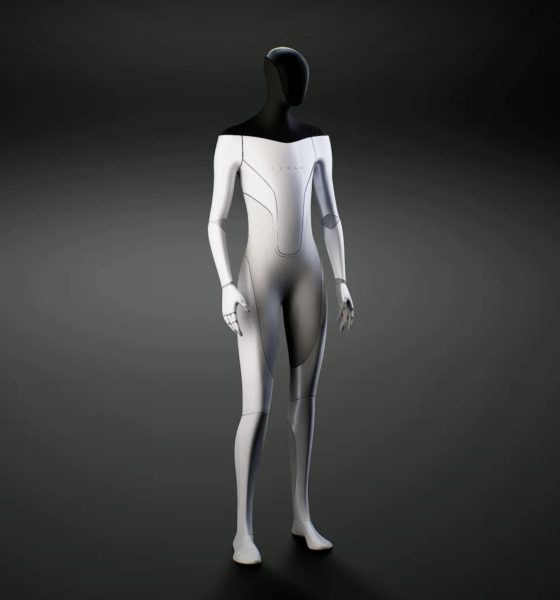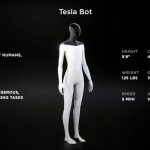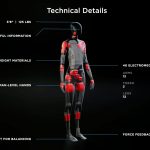Tesla will launch the “Tesla Bot” prototype in 2022, Elon Musk announced during the Artificial Intelligence Event the company held today at its Palo Alto headquarters.
After jokingly walking out a human in the Tesla Bot uniform, Musk said “Tesla Bot will be real.” Musk detailed some of the tasks that the robot will be able to complete, including grocery runs, picking up household objects, and other everyday commands.
The robot will be 5 feet 8 inches tall and 125 pounds. It will include a screen on the face of the bot to display useful information. Additionally, it will have human-level hands. The extremities operate using 40 electromechanical actuators, with two feet, and force feedback sensing for balance and agility. Musk joked that it may be able to run up to 5 MPH.
The Tesla Bot will also utilize some of the company’s AI devices that are operational on the company’s vehicles. Autopilot cameras will essentially act as the vision for the Tesla Bot, while a Full Self-Driving computer will function as the internal organs of the robot, helping it to operate and function as a productive member of the household. It will utilize mutli-camera video neural networks, identical to what was detailed during the company’s AI Event. Additionally, Neural Net planning, labeling, simulation and tools will also be used to help the Tesla Bot operate effectively and efficiently, while accurately performing tasks.
“For this robot, we’re trying to be as literal as possible: Can it do boring, dangerous, repetitive jobs that people don’t want to do. You know, once you have it do that, maybe it can do other things too…I mean, maybe it could be your buddy, too. I’m sure people will think of some very creative uses,” Musk joked.
The Tesla Bot won’t be available until next year, Musk said, especially as the robot will utilize the Dojo Supercomputer’s training mechanisms to improve functionality. It seems that Tesla’s idea for the robot is to decrease the need to perform tasks by yourself. There will be “no shortage of labor,” Musk said about the future, but physical work will simply be a choice. The Tesla Bot’s purpose could eliminate the need to perform minimal, mindless tasks around the house. “For the Tesla bot it’s going to start with work that is boring and repetitive Basically work that a person would least like to do,” Musk added.
“Things that I think are very hard about having a useful humanoid robot is ‘Can it navigate through the world without being explicitly trained?’ Without explicit line-by-line instructions,” Musk said. “Can you talk to it and say ‘Pick up that bolt, attach it to the car with that wrench. It should be able to do that.”
The development of the robot seems to be a responsibility of Musk’s, especially as the CEO has been critical of AI’s potential power in the past. On an episode of the Joe Rogan Experience podcast, Musk once warned that AI could become increasingly dangerous if overdeveloped, especially as its mind and memory are terrifically powerful.
Don’t expect to see the Robot on Tesla’s production lines, either. Musk said the parts were there, and Tesla decided to make it. “If we don’t, someone else would, so I guess we should probably make it. And make it safe,” Musk said.
Don’t hesitate to contact us with tips! Email us at tips@teslarati.com, or you can email me directly at joey@teslarati.com.

Investor's Corner
Tesla stock closes at all-time high on heels of Robotaxi progress
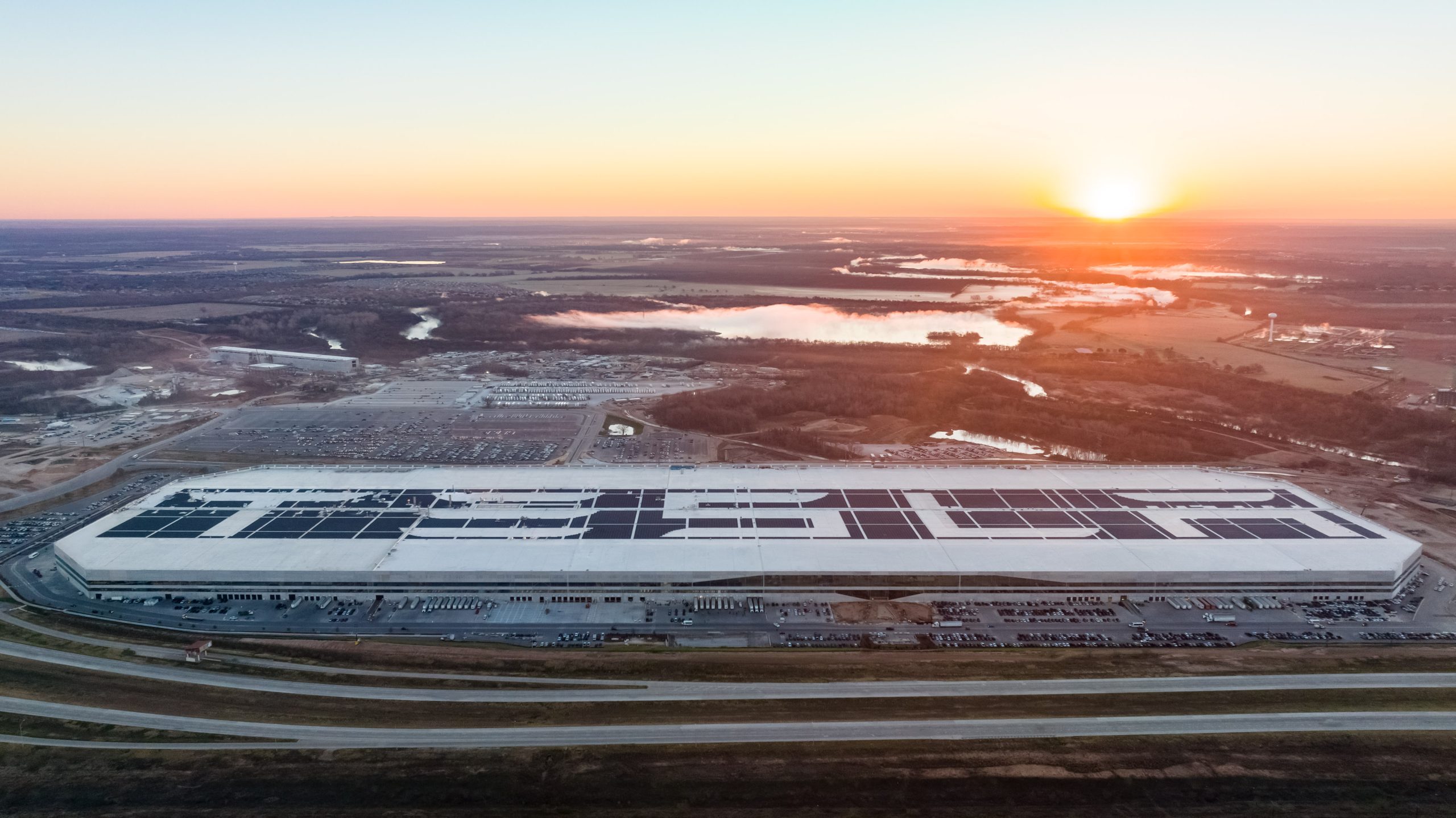
Tesla stock (NASDAQ: TSLA) closed at an all-time high on Tuesday, jumping over 3 percent during the day and finishing at $489.88.
The price beats the previous record close, which was $479.86.
Shares have had a crazy year, dipping more than 40 percent from the start of the year. The stock then started to recover once again around late April, when its price started to climb back up from the low $200 level.
This week, Tesla started to climb toward its highest levels ever, as it was revealed on Sunday that the company was testing driverless Robotaxis in Austin. The spike in value pushed the company’s valuation to $1.63 trillion.
Tesla Robotaxi goes driverless as Musk confirms Safety Monitor removal testing
It is the seventh-most valuable company on the market currently, trailing Nvidia, Apple, Alphabet (Google), Microsoft, Amazon, and Meta.
Shares closed up $14.57 today, up over 3 percent.
The stock has gone through a lot this year, as previously mentioned. Shares tumbled in Q1 due to CEO Elon Musk’s involvement with the Department of Government Efficiency (DOGE), which pulled his attention away from his companies and left a major overhang on their valuations.
However, things started to rebound halfway through the year, and as the government started to phase out the $7,500 tax credit, demand spiked as consumers tried to take advantage of it.
Q3 deliveries were the highest in company history, and Tesla responded to the loss of the tax credit with the launch of the Model 3 and Model Y Standard.
Additionally, analysts have announced high expectations this week for the company on Wall Street as Robotaxi continues to be the focus. With autonomy within Tesla’s sights, things are moving in the direction of Robotaxi being a major catalyst for growth on the Street in the coming year.
Elon Musk
Tesla needs to come through on this one Robotaxi metric, analyst says
“We think the key focus from here will be how fast Tesla can scale driverless operations (including if Tesla’s approach to software/hardware allows it to scale significantly faster than competitors, as the company has argued), and on profitability.”
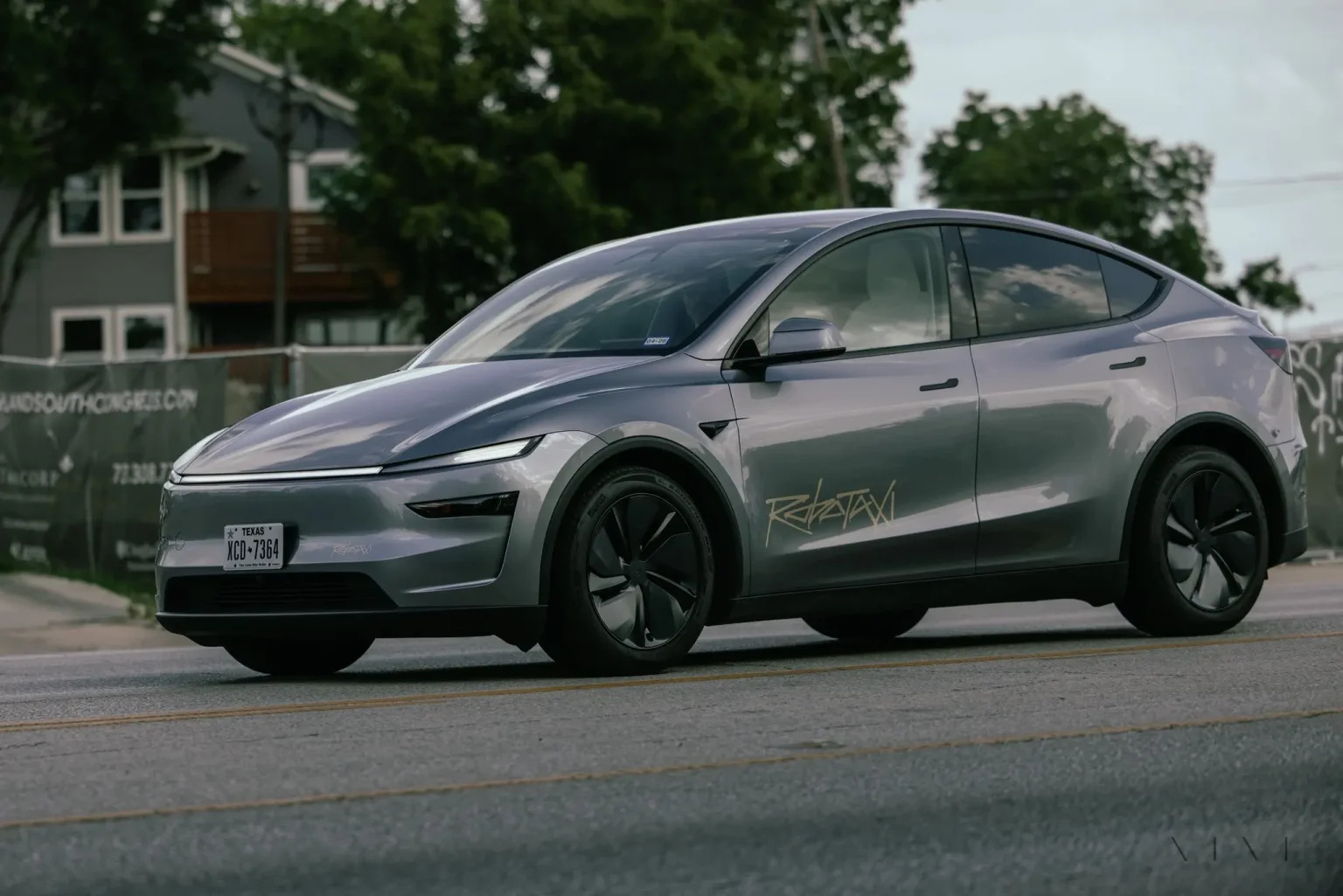
Tesla needs to come through on this one Robotaxi metric, Mark Delaney of Goldman Sachs says.
Tesla is in the process of rolling out its Robotaxi platform to areas outside of Austin and the California Bay Area. It has plans to launch in five additional cities, including Houston, Dallas, Miami, Las Vegas, and Phoenix.
However, the company’s expansion is not what the focus needs to be, according to Delaney. It’s the speed of deployment.
The analyst said:
“We think the key focus from here will be how fast Tesla can scale driverless operations (including if Tesla’s approach to software/hardware allows it to scale significantly faster than competitors, as the company has argued), and on profitability.”
Profitability will come as the Robotaxi fleet expands. Making that money will be dependent on when Tesla can initiate rides in more areas, giving more customers access to the program.
There are some additional things that the company needs to make happen ahead of the major Robotaxi expansion, one of those things is launching driverless rides in Austin, the first city in which it launched the program.
This week, Tesla started testing driverless Robotaxi rides in Austin, as two different Model Y units were spotted with no occupants, a huge step in the company’s plans for the ride-sharing platform.
Tesla Robotaxi goes driverless as Musk confirms Safety Monitor removal testing
CEO Elon Musk has been hoping to remove Safety Monitors from Robotaxis in Austin for several months, first mentioning the plan to have them out by the end of 2025 in September. He confirmed on Sunday that Tesla had officially removed vehicle occupants and started testing truly unsupervised rides.
Although Safety Monitors in Austin have been sitting in the passenger’s seat, they have still had the ability to override things in case of an emergency. After all, the ultimate goal was safety and avoiding any accidents or injuries.
Goldman Sachs reiterated its ‘Neutral’ rating and its $400 price target. Delaney said, “Tesla is making progress with its autonomous technology,” and recent developments make it evident that this is true.
Investor's Corner
Tesla gets bold Robotaxi prediction from Wall Street firm
Last week, Andrew Percoco took over Tesla analysis for Morgan Stanley from Adam Jonas, who covered the stock for years. Percoco seems to be less optimistic and bullish on Tesla shares, while still being fair and balanced in his analysis.
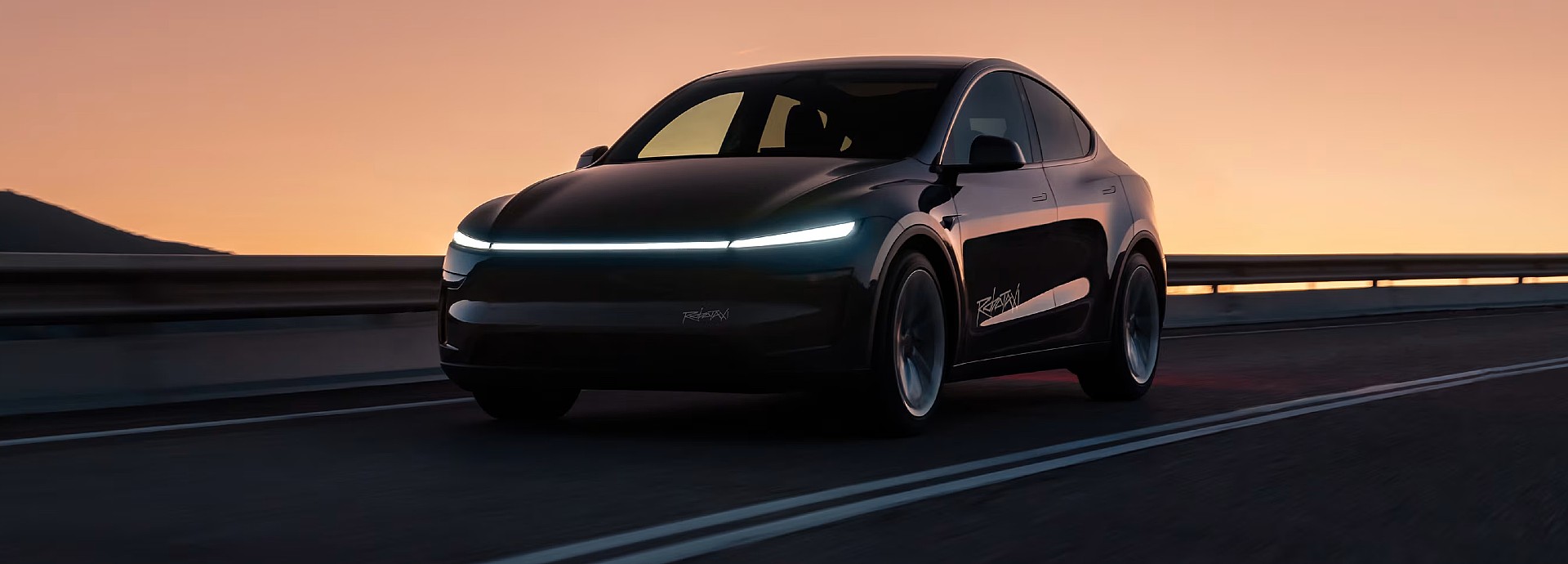
Tesla (NASDAQ: TSLA) received a bold Robotaxi prediction from Morgan Stanley, which anticipates a dramatic increase in the size of the company’s autonomous ride-hailing suite in the coming years.
Last week, Andrew Percoco took over Tesla analysis for Morgan Stanley from Adam Jonas, who covered the stock for years. Percoco seems to be less optimistic and bullish on Tesla shares, while still being fair and balanced in his analysis.
Percoco dug into the Robotaxi fleet and its expansion in the coming years in his latest note, released on Tuesday. The firm expects Tesla to increase the Robotaxi fleet size to 1,000 vehicles in 2026. However, that’s small-scale compared to what they expect from Tesla in a decade.
Tesla expands Robotaxi app access once again, this time on a global scale
By 2035, Morgan Stanley believes there will be one million Robotaxis on the road across multiple cities, a major jump and a considerable fleet size. We assume this means the fleet of vehicles Tesla will operate internally, and not including passenger-owned vehicles that could be added through software updates.
He also listed three specific catalysts that investors should pay attention to, as these will represent the company being on track to achieve its Robotaxi dreams:
- Opening Robotaxi to the public without a Safety Monitor. Timing is unclear, but it appears that Tesla is getting closer by the day.
- Improvement in safety metrics without the Safety Monitor. Tesla’s ability to improve its safety metrics as it scales miles driven without the Safety Monitor is imperative as it looks to scale in new states and cities in 2026.
- Cybercab start of production, targeted for April 2026. Tesla’s Cybercab is a purpose-built vehicle (no steering wheel or pedals, only two seats) that is expected to be produced through its state-of-the-art unboxed manufacturing process, offering further cost reductions and thus accelerating adoption over time.
Robotaxi stands to be one of Tesla’s most significant revenue contributors, especially as the company plans to continue expanding its ride-hailing service across the world in the coming years.
Its current deployment strategy is controlled and conservative to avoid any drastic and potentially program-ruining incidents.
So far, the program, which is active in Austin and the California Bay Area, has been widely successful.
